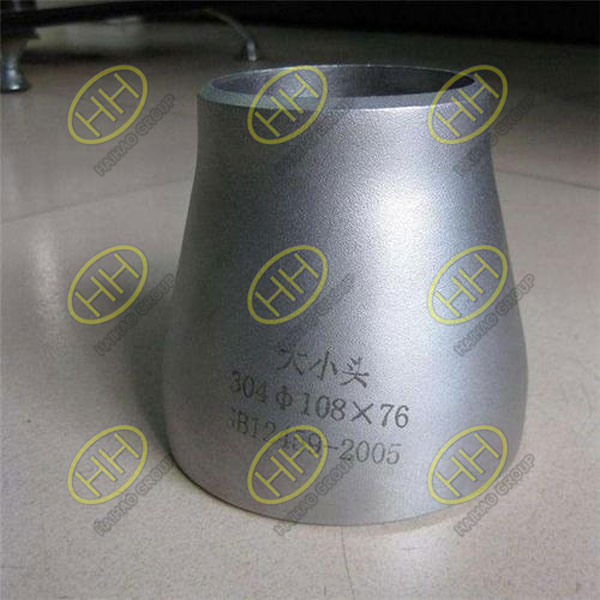Discover the versatility of reducers in piping systems by Haihao Group
Reducers play a pivotal role in connecting pipes of varying sizes, and they are commonly categorized as concentric and eccentric types. When the projected profile of a concentric reducer’s two ends forms a concentric circle, it is referred to as a concentric reducer. On the other hand, an eccentric reducer’s projection results in a smaller circle tangent to the outer circle. Stainless steel reducers are celebrated for their safety, reliability, hygiene, and cost-effectiveness. The successful development of innovative and robust connection methods for thin-walled pipes has made them irreplaceable compared to other materials, leading to an increasing prevalence in engineering applications.

Concentric Reducer
Reducers boast a diverse range of connection methods, including compression, tight fit, swivel, push-in, thread push, socket welding, swivel flange connection, welding, and derived series connections combined with traditional methods. While these methods differ in principles and applications, most of them are known for their ease of installation. The materials used for sealing rings or gaskets typically adhere to national standards, featuring silicone rubber, nitrile rubber, ethylene propylene diene monomer (EPDM), and more, ensuring peace of mind for end-users. Depending on the size of the reducer, the forming process can involve either single or multiple pressing.

EN 10253-4 concentric reducer
Key Distribution Features of Reducers:
Under the influence of internal pressure, concentric reducers exhibit bending phenomena, causing the larger end to open relative to the smaller end.
Under internal pressure, eccentric reducers experience maximum circumferential stress on the inner surface of the larger end and the outer surface of the middle part on the eccentric side.
Haihao Group specializes in the professional production of pipeline system-related products, including a wide array of reducers. Explore the world of reducers with us, where safety, reliability, and innovation converge seamlessly.

